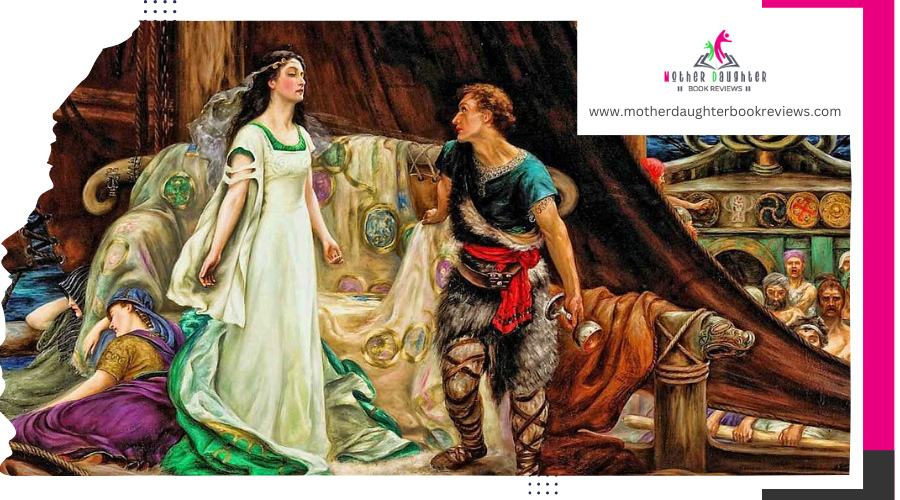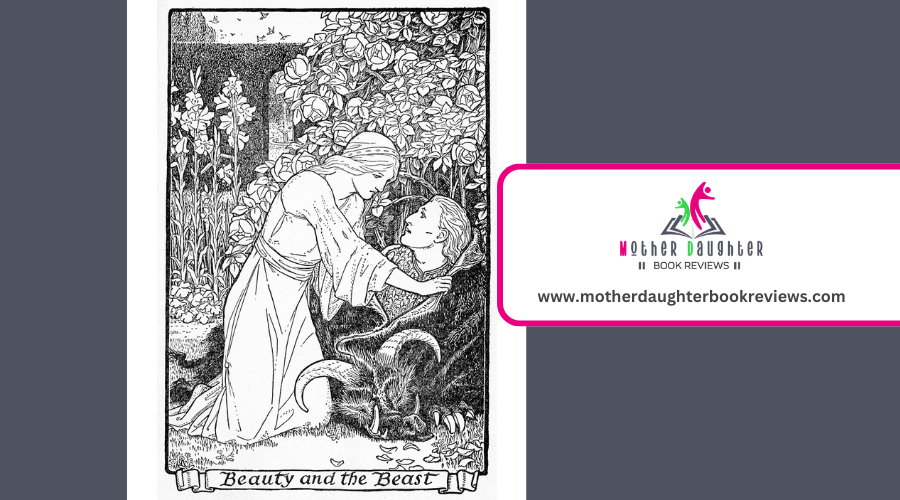Lessons of Love and Sacrifice in The Little Mermaid
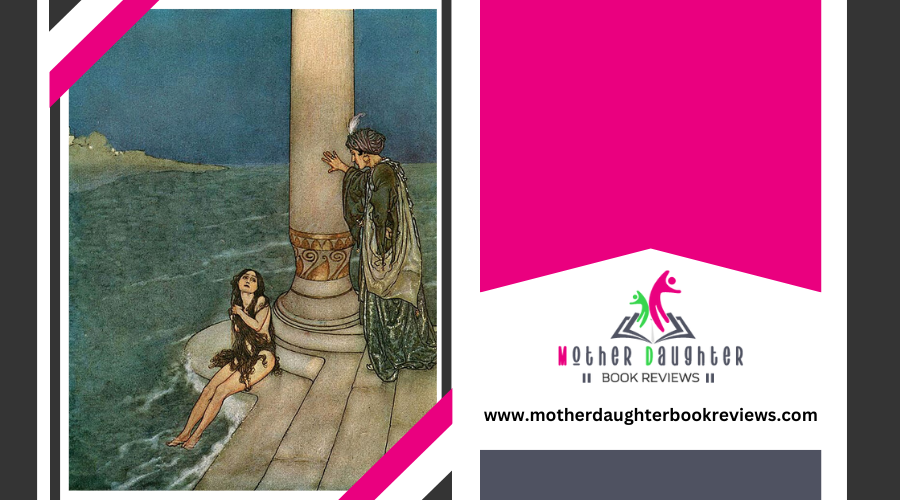
In Hans Christian Andersen's "The Little Mermaid," you'll encounter a heartfelt tale where love and sacrifice are deeply intertwined. The young mermaid yearns for the human domain, saving a prince and trading her voice for legs through a deal with the Sea Witch. Her hope is to win his love despite enduring great pain and the risk of losing everything. The story investigates the complexities of selflessness, personal transformation, and the bittersweet nature of love.
The Origins of the Story
Hans Christian Andersen's timeless tale, "The Little Mermaid," traces its origins back to the 19th century. You might already know Andersen as the Danish author behind many beloved fairy tales. He wrote "The Little Mermaid" in 1837, weaving a story that's far more poignant and complex than the popular Disney adaptation. Andersen's version explores deeply into themes of love, sacrifice, and the pursuit of an immortal soul.
When Andersen penned this story, he was inspired by his own life experiences and the rich maritime folklore of Denmark. You can see how Andersen's personal struggles and unrequited loves seep into the narrative. His mermaid isn't just a creature of fantasy; she's a symbol of yearning and the painful sacrifices one makes for love.
As you read Andersen's tale, you'll notice his careful attention to emotional depth and character development. The Little Mermaid's expedition is fraught with heartache and difficult choices, reflecting Andersen's own views on human nature and the complexities of existence. By exploring the story's origins, you gain a richer understanding of the layers and messages that make "The Little Mermaid" a timeless classic.
The Little Mermaid's World
Plunge into the enchanting underwater territory where Andersen's Little Mermaid resides, a place teeming with lively sea life and magical wonders. Picture colorful coral reefs stretching like underwater gardens, where lively fish dart and play. Imagine the grand palace, a magnificent structure of shimmering pearls and seashells, standing tall as the heart of the mermaid kingdom. Here, the water is crystal clear, and sunlight filters down, creating a kaleidoscope of colors on the sandy ocean floor.
In this mystical domain, mermaids and mermen go about their lives with grace and ease, gliding through the water effortlessly. You'll often find the Little Mermaid exploring sunken ships or playing with dolphins, her curiosity knowing no bounds. She's surrounded by her family, each member with their unique charm and beauty, living harmoniously in this aquatic paradise.
The underwater kingdom isn't just visually stunning; it's also a place filled with music and dance, where merfolk gather for grand celebrations. These festivities highlight the community's deep connection to their environment. Through Andersen's vivid descriptions, you can almost hear the gentle lull of the waves and feel the serene beauty of the Little Mermaid's world.
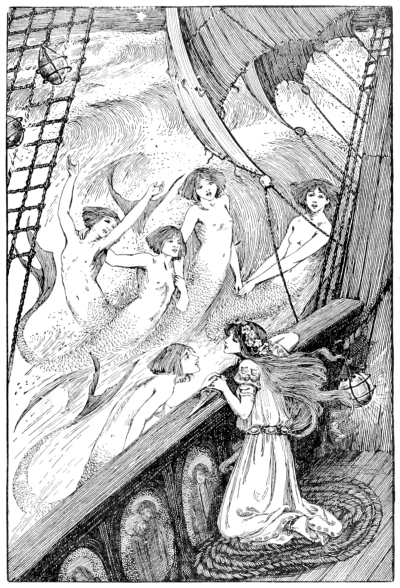
Yearning for the Human Realm
Amidst the lively underwater territory, the Little Mermaid's heart often yearns for the human domain. You can see her gazing longingly at the surface, her eyes filled with curiosity and desire. The human world represents everything mysterious and unattainable, a place where dreams seem to take flight. She collects human artifacts, each object a tangible link to the territory she so desperately wants to join.
You watch her fascination grow, each new revelation fueling her longing. The stories she's heard about human lives, their dances, and their love fill her mind with endless possibilities. Her yearning isn't just about curiosity; it's driven by a deep-seated need to experience what humans feel. You notice the way she clings to these dreams, despite knowing the risks and the potential heartbreak.
Every encounter with the surface world intensifies her desire. She saves a human prince from drowning, and that one act crystallizes her hopes and dreams even further. You understand that her yearning isn't just a passing fancy; it's a profound part of her very being. The waves and currents of the sea can't wash away her longing to walk on land and be part of the human territory.
The Sea Witch's Bargain
Despite the mermaid's trepidation, she decides to seek the help of the Sea Witch, a figure shrouded in dark legends and whispered fears. Driven by her overwhelming love for the human prince, she braves the dark, foreboding waters that lead to the witch's lair. The Sea Witch, with her piercing eyes and eerie smile, listens intently as the mermaid pleads for a way to become human.
The witch proposes a chilling bargain: in exchange for human legs, the mermaid must surrender her beautiful voice. Without hesitation, the mermaid agrees, her love outweighing the cost of her most cherished gift. The Sea Witch then concocts a potent potion, its swirling, dark liquid holding the promise of transformation but also the weight of irreversible change.
With the potion in hand, the mermaid prepares to leave. The Sea Witch's final warning echoes in her mind: if she fails to win the prince's love and marry him, she will transform back into a mermaid and belong to the Sea Witch forever. As the mermaid swims away, hope and fear intertwine, setting the stage for her life-altering expedition.
The Prince and the Dilemma
With her newfound legs, the mermaid stumbles onto the shore near the prince's castle, her heart pounding with a mix of excitement and anxiety. You see her determination as she takes her initial steps, each one a reminder of the cost of her transformation. Her eyes, full of hope, search for the prince, the man who unknowingly holds her fate in his hands.
The prince, unaware of her true identity, encounters the mermaid and is struck by her beauty and grace. He offers her kindness, unaware of the silent longing in her eyes. You'd sense the bond forming between them, yet there's an underlying tension. The mermaid can't speak, a cruel twist of fate that prevents her from revealing her true feelings and intentions.
As days turn into weeks, the prince finds himself torn. He feels a mysterious connection to this mute girl but is also bound by a promise to another—the woman he believes saved his life. The dilemma weighs heavily on him, and you can almost feel his inner conflict. The mermaid, though heartbroken, continues to stay by his side, hoping against hope that love will find a way.
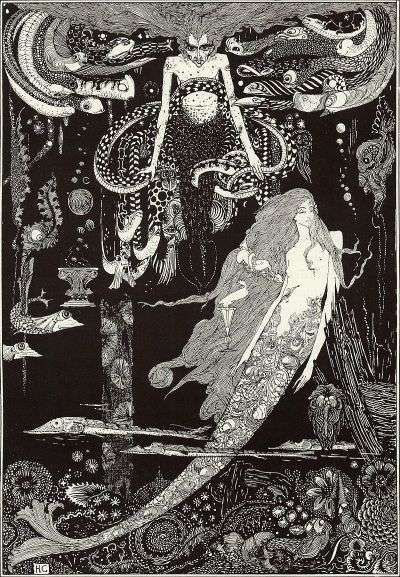
A Heart-Wrenching Choice
The mermaid stands at a crossroads, her heart heavy with the impending decision she must make. She has sacrificed so much already, trading her voice for legs and enduring the constant pain of walking, all for a chance at the prince's love. Now, she faces an even greater challenge. The sea witch offers her a dagger, cold and sharp, with a cruel ultimatum: kill the prince before sunrise, and she'll return to the sea as a mermaid, free from pain and despair.
You're torn between two worlds. On one hand, the love you feel for the prince is profound and unwavering, but on the other, your own survival and return to the ocean depend on an unthinkable act. The prince, completely unaware of the turmoil within you, sleeps peacefully. Your heart aches as you weigh your choices. The dagger feels heavy in your hands, representing the gravity of your situation.
You know that whatever decision you make will forever alter your life. The enormity of the sacrifice required seems almost unbearable. Yet, in the quiet moments before dawn, you must decide: love or life?
Themes of Love and Sacrifice
As dawn approaches, the gravity of your decision reflects the deeper themes of love and sacrifice that permeate your expedition. In "The Little Mermaid," you witness the mermaid's profound affection for the prince, driving her to sacrifice her voice and endure immense pain for a chance at human love. This tale underscores love's power to push you beyond your limits, compelling you to make choices that prioritize another's happiness over your own.
Your odyssey with the mermaid reveals the complexity of sacrifice. She doesn't just give up her voice; she relinquishes her entire world. Her transformation is an illustration to the lengths you might go for love, highlighting the bittersweet nature of true sacrifice. The story doesn't shy away from the harsh realities of such decisions, showing that love's sacrifices can lead to both joy and sorrow.
Ultimately, "The Little Mermaid" reminds you that love and sacrifice are intertwined. The mermaid's tale serves as a poignant example of how these themes shape your understanding of relationships and the depths to which love can drive you to give of yourself completely.
Interpretations and Adaptations
Investigating different interpretations and adaptations of "The Little Mermaid" opens up a world of varied perspectives and rich storytelling. You'll find the original Hans Christian Andersen tale has inspired countless adaptations, each bringing its unique flavor to the classic story. From Disney's animated film to contemporary stage productions, each version offers a fresh take on the mermaid's expedition.
In Disney's 1989 adaptation, you see a more lighthearted and romantic spin, with Ariel achieving a fairy-tale ending. This contrasts sharply with Andersen's original, where the mermaid's love and sacrifice lead to her transformation into sea foam. This bittersweet ending in the original adds layers of depth and melancholy that are often lost in more commercial retellings.
Modern adaptations, such as live-action films and books, also reimagine the narrative to fit current societal themes. For instance, some versions investigate themes of identity and self-acceptance, presenting the mermaid as a metaphor for marginalized groups. Others might emphasize environmental messages, highlighting the ocean's plight.
You can see how each adaptation not only retells the story but also reflects the cultural and social context of its time, making "The Little Mermaid" a timeless and versatile tale.
Wrapping up
Each adaptation not only reimagines "The Little Mermaid" but also leaves a lasting impact on its readers. When you immerse yourself in this timeless tale, you can't help but feel the depth of the mermaid's love and the weight of her sacrifices. These themes resonate deeply, reminding you of the complexities of love and the lengths one might go for those they cherish.
As you turn each page, the story's emotional core stays with you, making you reflect on your own experiences and relationships. It's this emotional connection that gives "The Little Mermaid" its staying power. You've probably found yourself pondering the mermaid's choices long after finishing the story, wondering if you would have done the same in her place.

